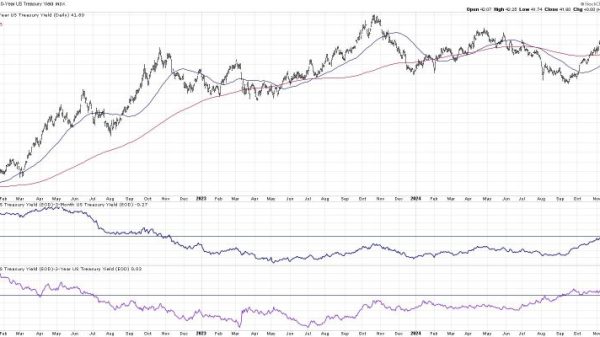In the world of investing, there are numerous strategies, indicators, and tools that investors use to try to predict stock market success. One such tool that has gained significant attention in recent times is the yield curve. The yield curve is a graph that plots the yields of similar-quality bonds against their maturities, typically showing the relationship between short-term and long-term interest rates.
Historically, an inverted yield curve has been regarded as a reliable predictor of an upcoming recession. An inverted yield curve occurs when long-term interest rates fall below short-term interest rates. This inversion usually signals that investors have more confidence in the short-term economic outlook compared to the long-term outlook, leading to a prediction of economic slowdown.
The predictive power of the yield curve is based on the premise that long-term interest rates are a reflection of market expectations for future economic conditions. When investors believe that the economy will experience slower growth or contraction in the future, they are more willing to invest in long-term bonds, driving down long-term interest rates.
However, it is essential to note that while the yield curve has been a historically accurate predictor of recessions, it is not foolproof. There have been instances where an inverted yield curve did not lead to a recession or where a recession occurred without an inverted yield curve.
Furthermore, the effectiveness of the yield curve as a predictive tool may be influenced by various external factors that can impact the markets, such as government policies, geopolitical events, and technological advancements. These factors can create uncertainties and complexities that may diminish the yield curve’s predictive ability.
Investors should also be cautious about relying solely on the yield curve for their investment decisions. Instead, it is advisable to use the yield curve in conjunction with other indicators and tools to form a comprehensive analysis of the market conditions.
In conclusion, while the yield curve can provide valuable insights into future economic conditions and has been a useful predictor of recessions, it is not infallible. Investors should approach its signals with caution and consider multiple factors when making investment decisions. By utilizing a diversified toolkit of indicators and conducting thorough research, investors can better position themselves to navigate the intricacies of the stock market successfully.




























